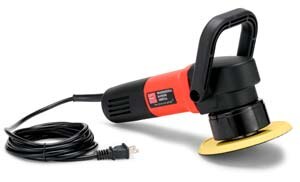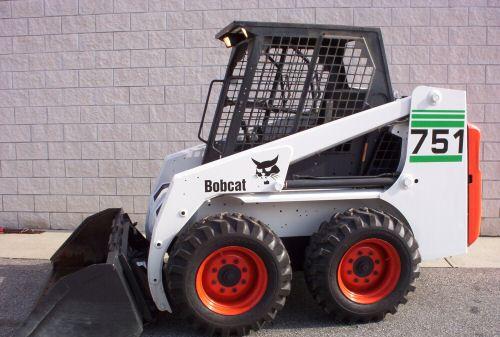Assuming this is the machine you have:
You're off to a good start.
No two finishes are exactly alike so it's impossible to tell you a one size fits all process that would guarantee success. Finishes very widely in workability so you'll need to experiment with yours to know just how it responds. But there are some general guidelines.
The Griot's buffer pictured is one of the better DA (dual action) machines on the market so with the right chemicals, pads and technique it should work well on all but the most severe defects.
Generally, you'll be using foam pads with a DA machine.
There are many choices for foam pads but for the most part you can classify them as very light cutting, light to moderation cutting or heavy cutting, often (but not always) called finishing, polishing and cutting pads respectively.
Chemicals will also have varying degrees of aggressiveness. So by mixing and matching chemicals and pads you can deal with a broad range of finishes and defects.
Be sure that whatever chemical you choose is intended for orbital and DA use. Some chemicals are designed specifically for rotary polishers (commonly used in commercial production shops) and won't give good results with a DA.
When trying a new combination, start with a test spot, like a 1ft x 1ft square area. Dial in a process that give the results you're after and then do the the rest of the car. (You'd be amazed how many people spend hours doing a whole car before finding their process doesn't work.)
The goal is to use the least aggressive product that gets the job done. So you start with something fairly light, if it works, great. If not, step up the aggressiveness until you find a combo that works.
A polishing pad and a light cutting polish are usually a good place to start.
pc

 Hi Guest!
Hi Guest!

 smilie in place of the real @
smilie in place of the real @
 Pretty Please - add it to our Events forum(s) and add to the calendar! >>
Pretty Please - add it to our Events forum(s) and add to the calendar! >> 






